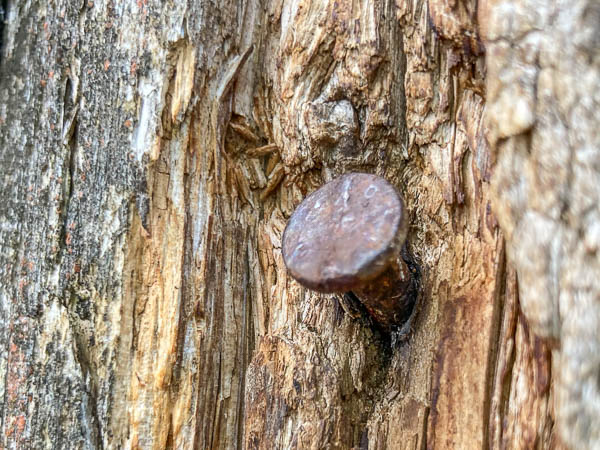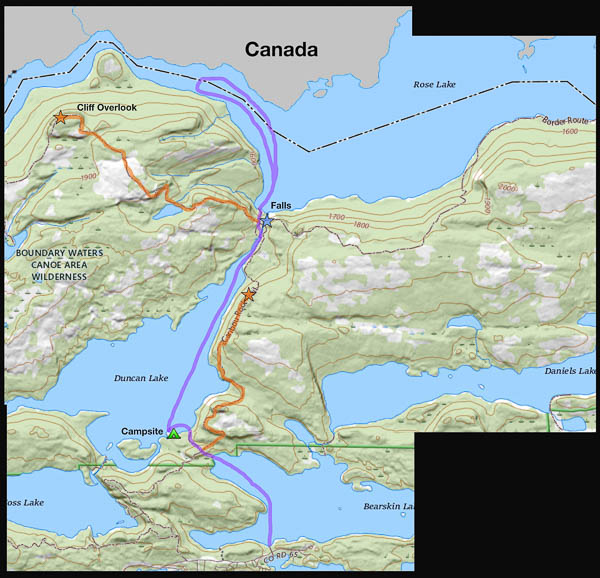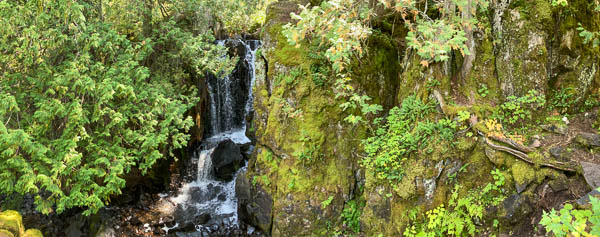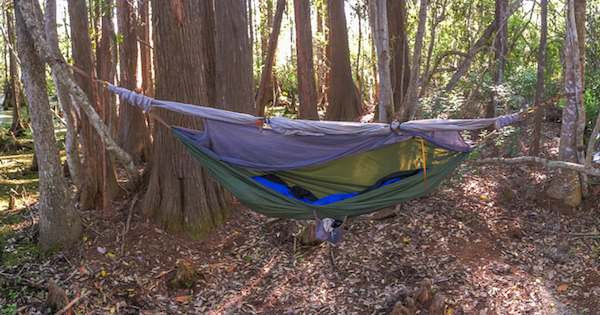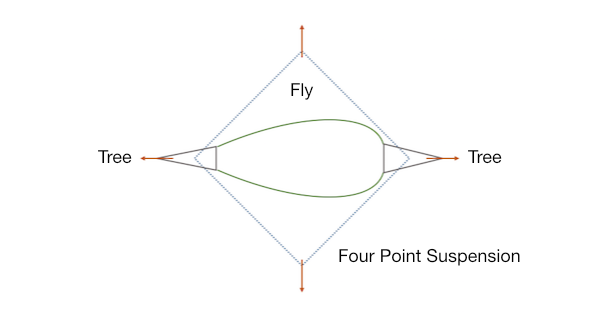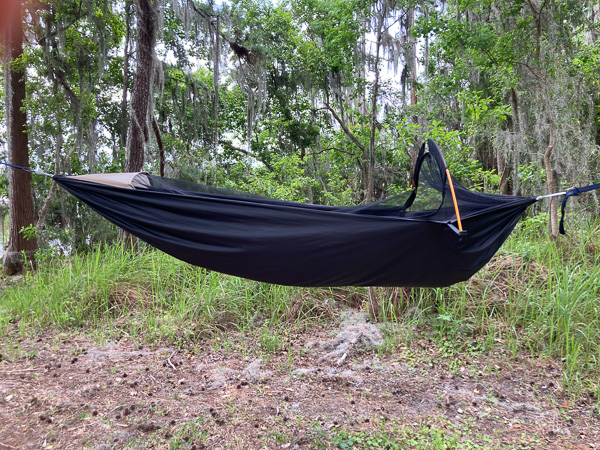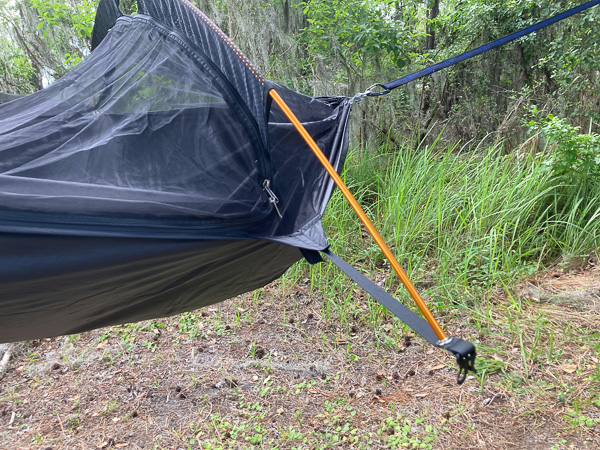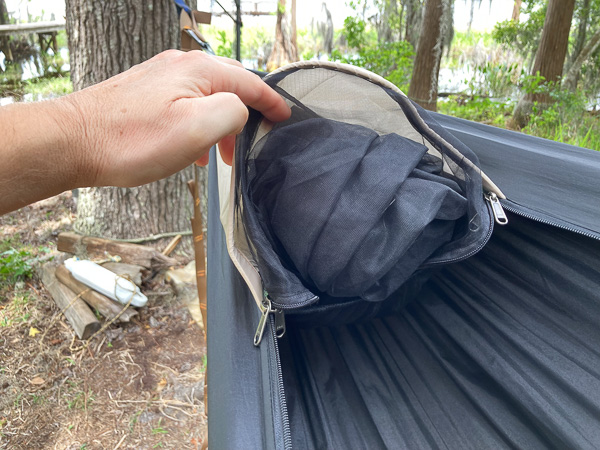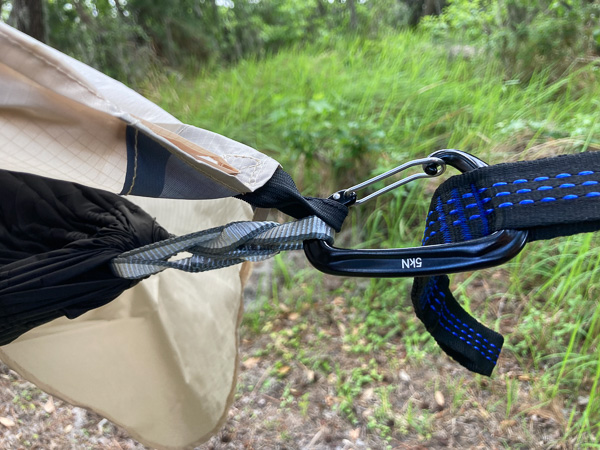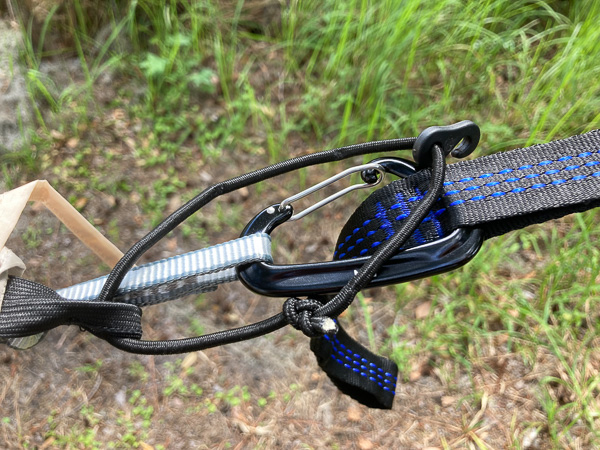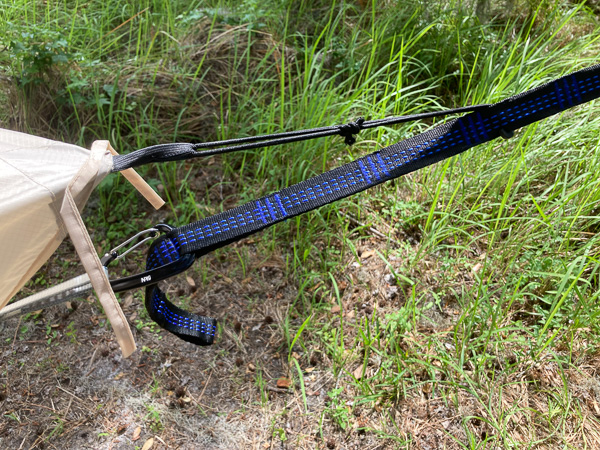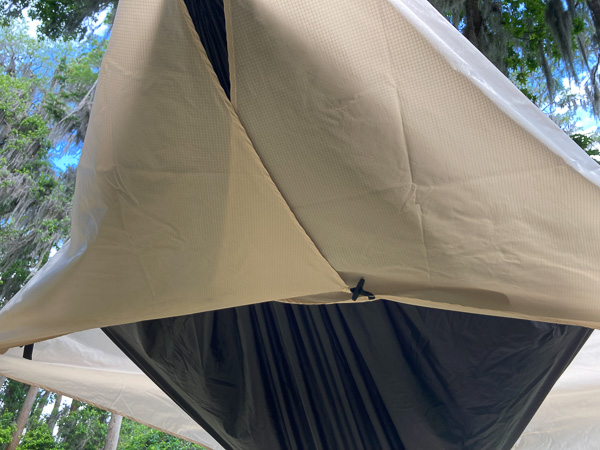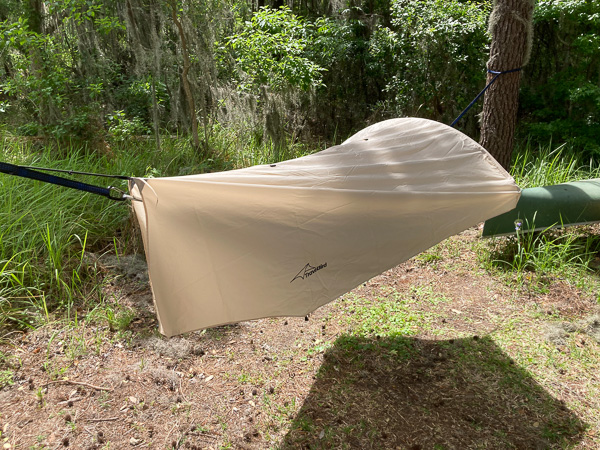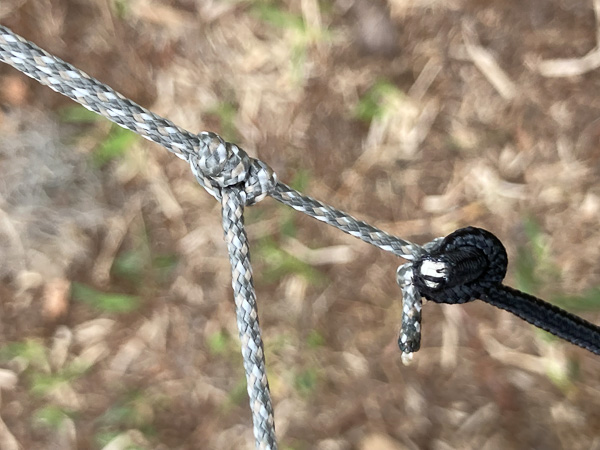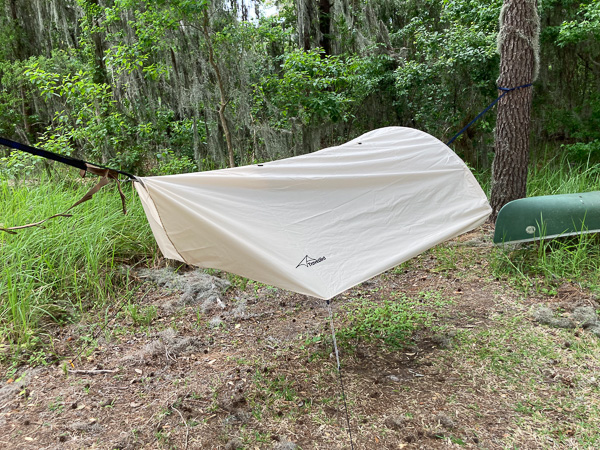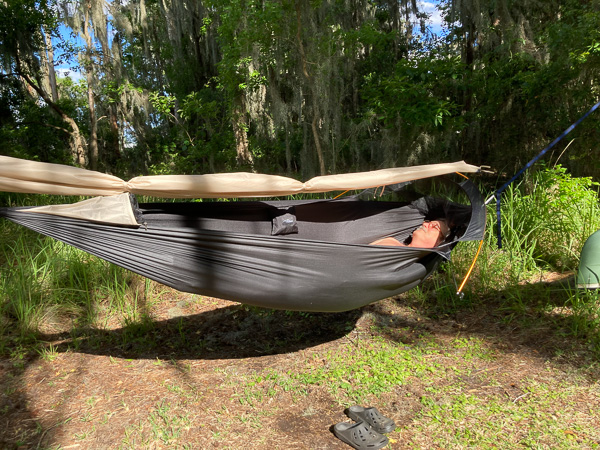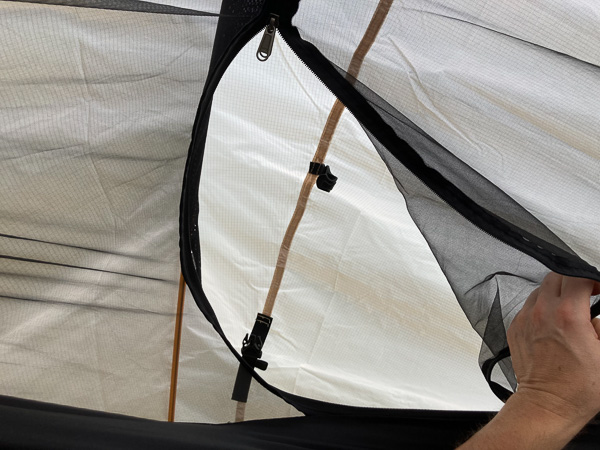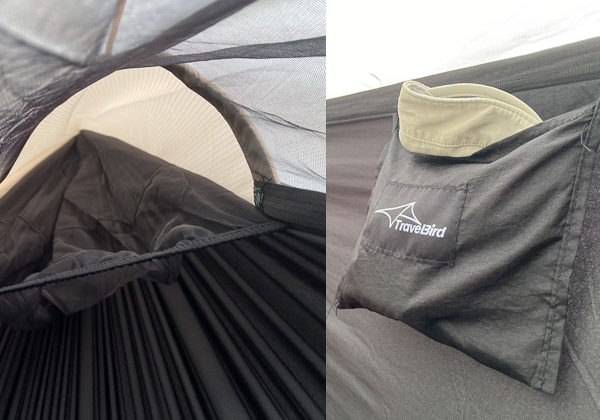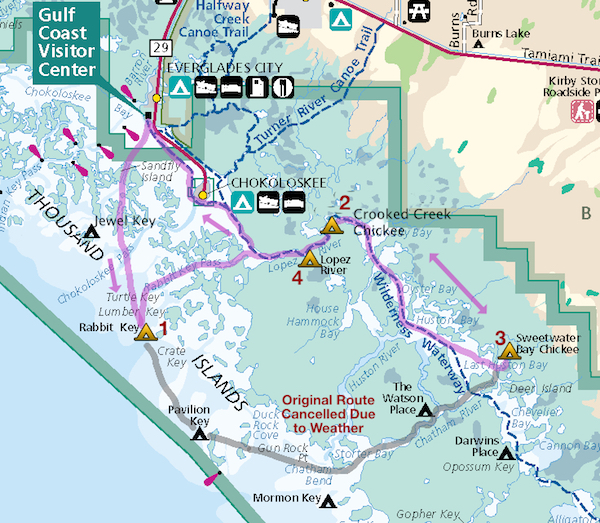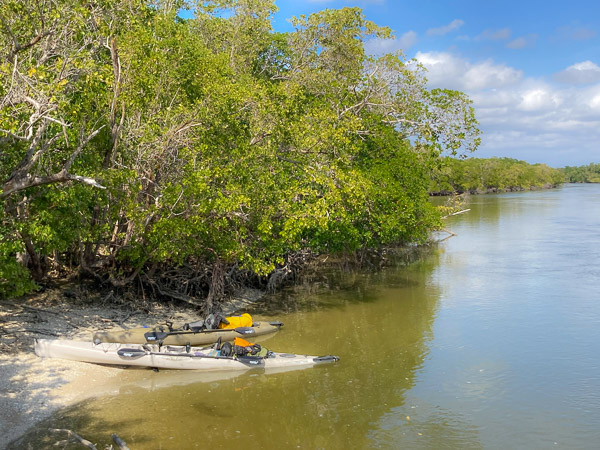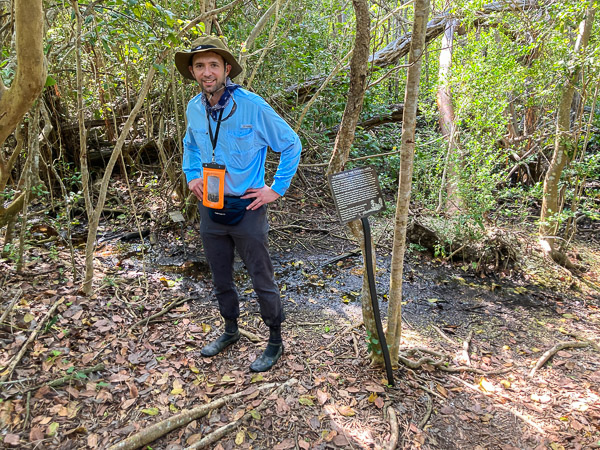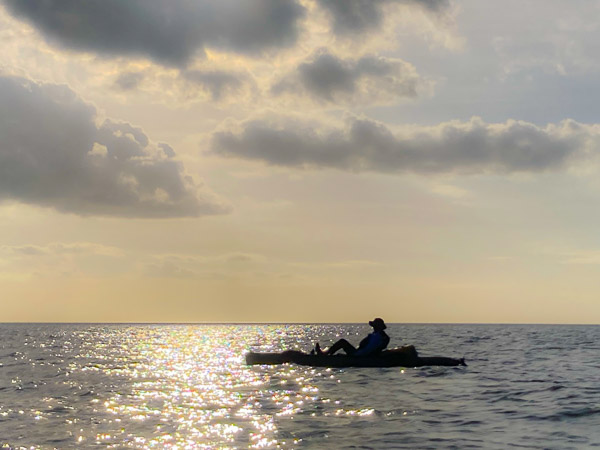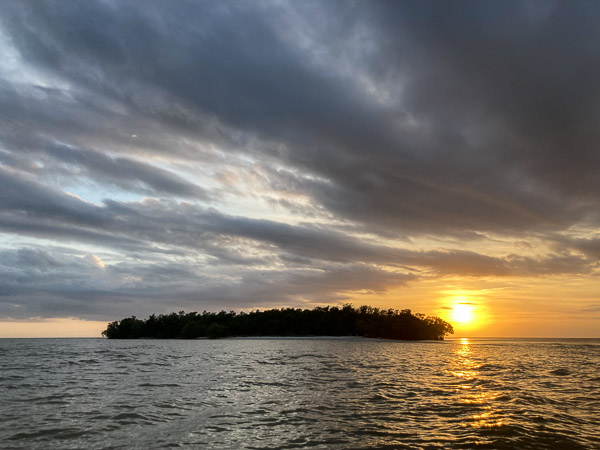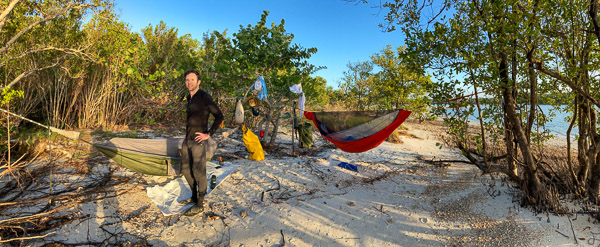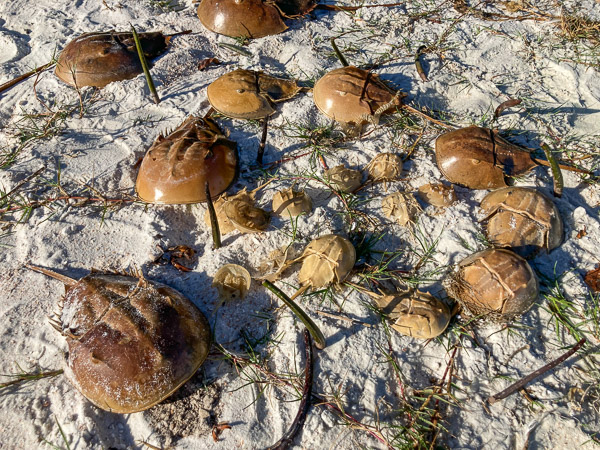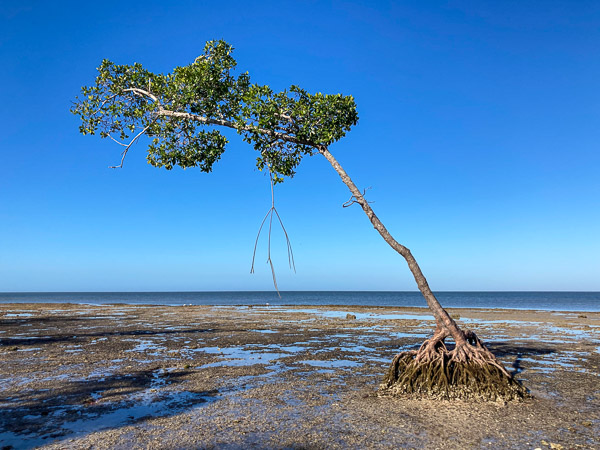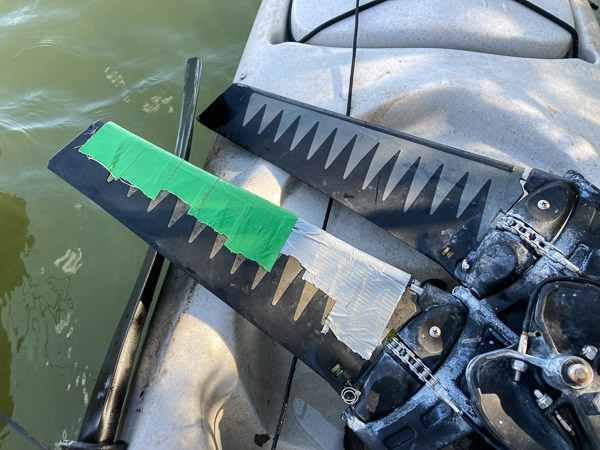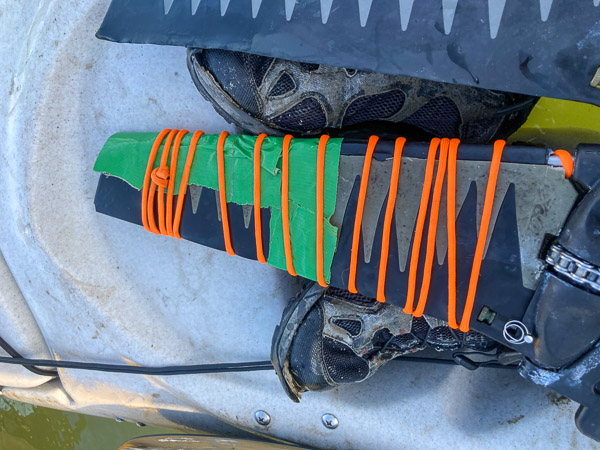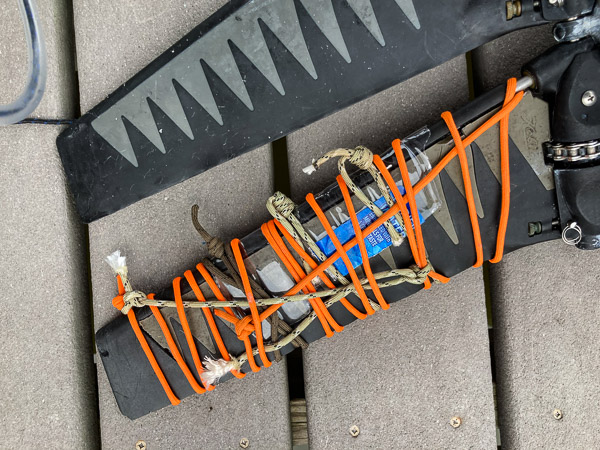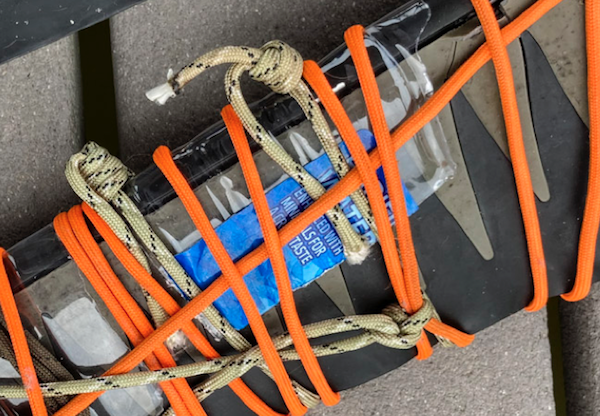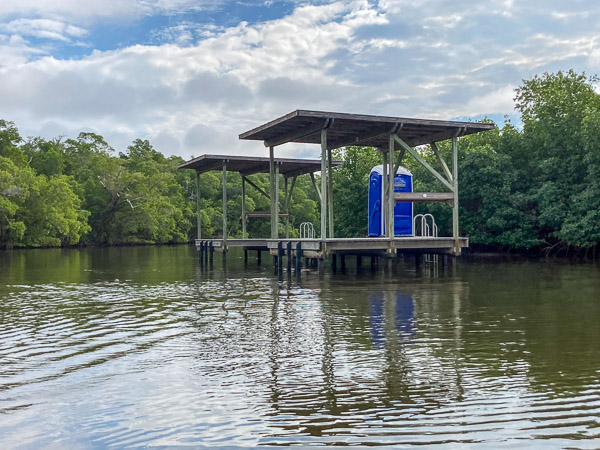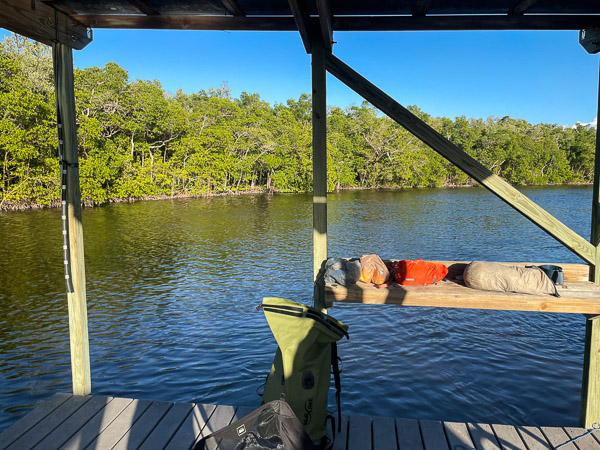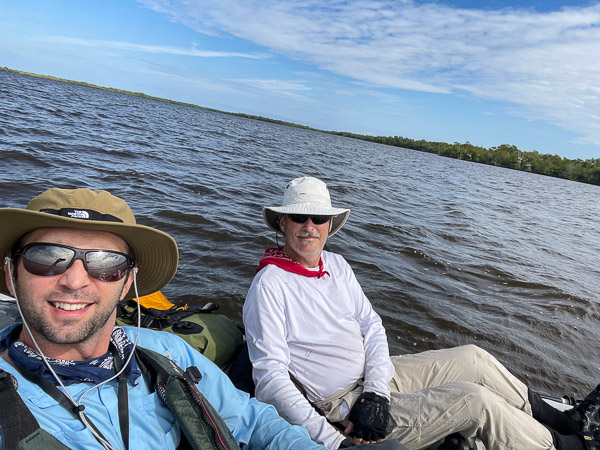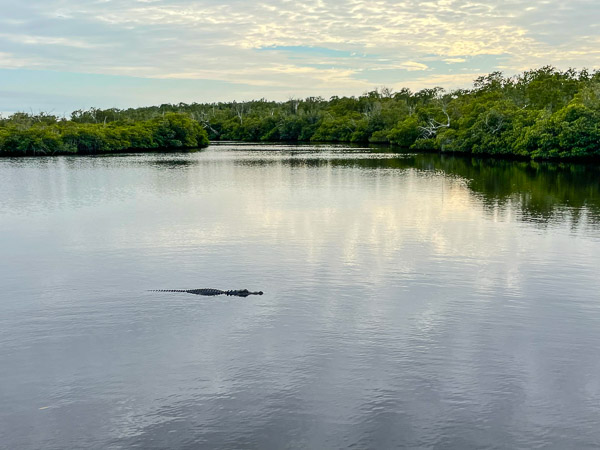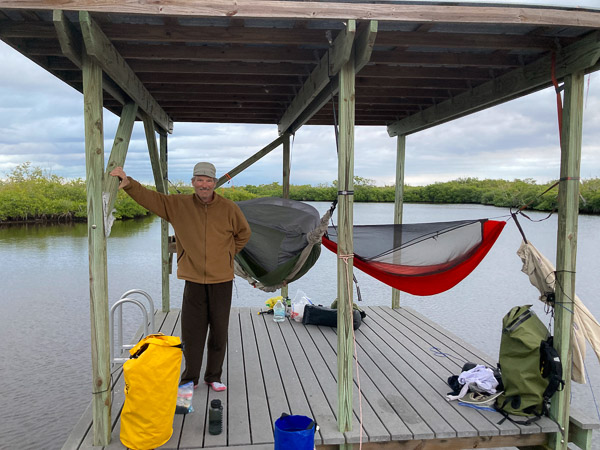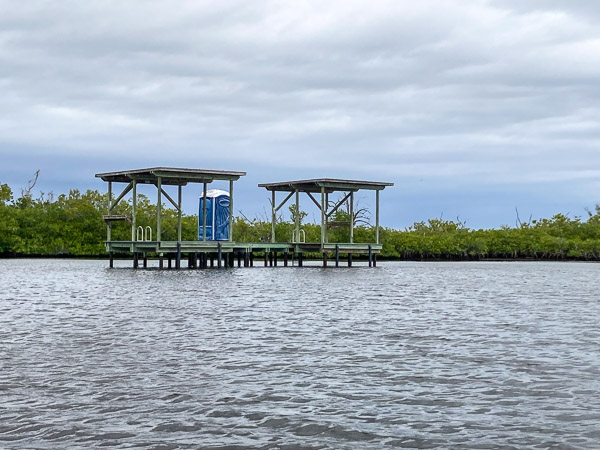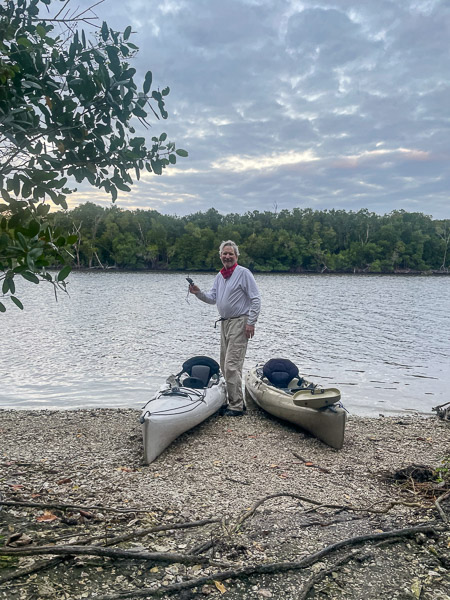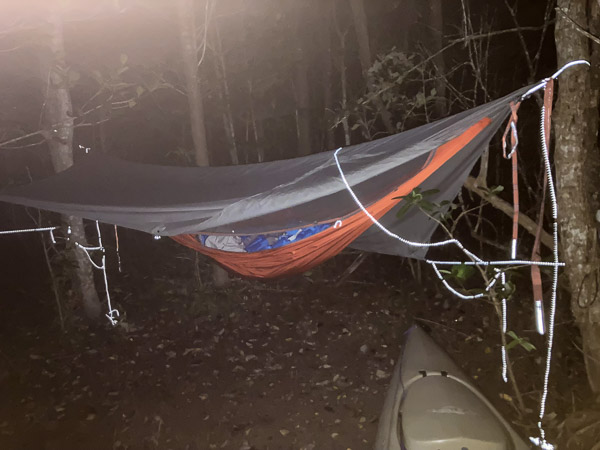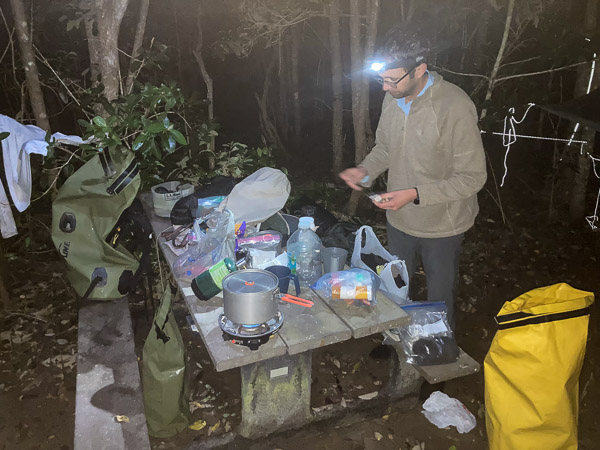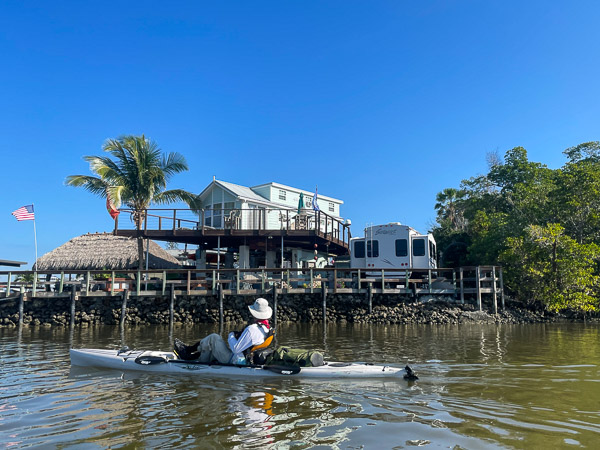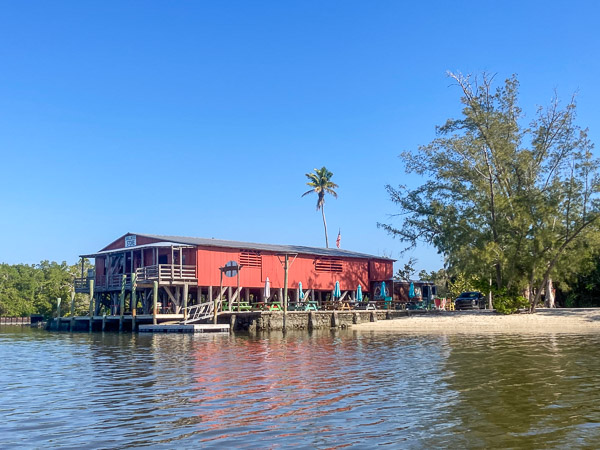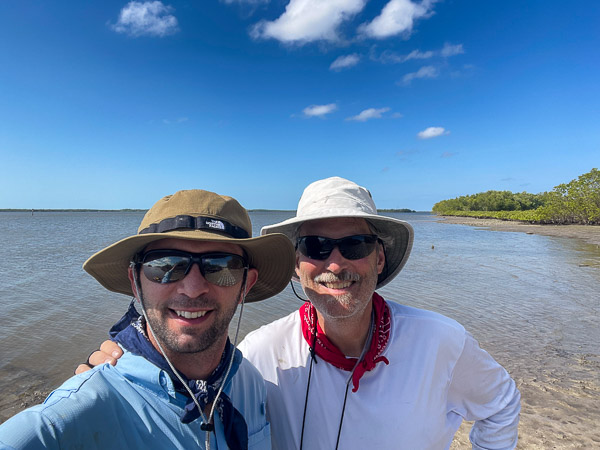This year’s trip was a return to a familiar locale…
Duncan and Rose Lakes!
Day 1 (Portage to Duncan Lake)
We started at Bearskin Lake and paddled across to the Duncan Lake Portage.
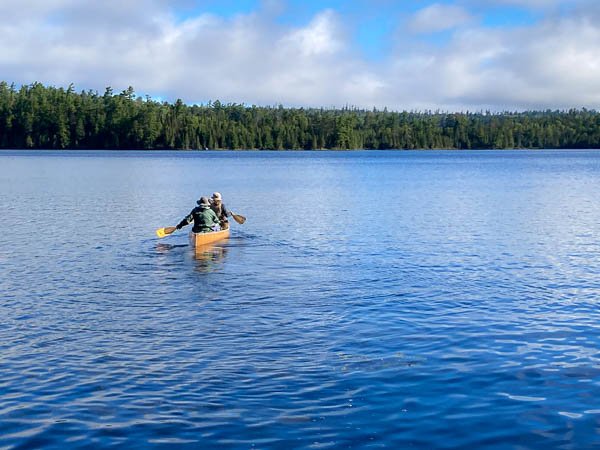
After exploring options on the north shore of Duncan we decided to stay on the campsite closest to the portage on the south shore (conveniently vacated by the prior group as we waited).
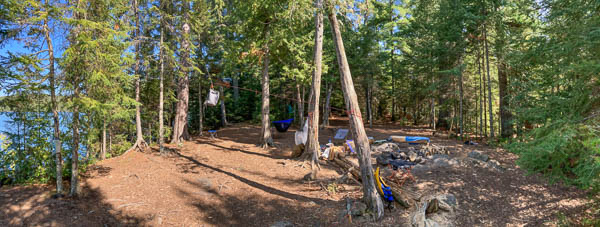
Overall this was a great site and not affected by blowdowns like the others we looked at. It had a nice fire area, lots of big trees, adequate tentsites, and a small pebble beach. (4/5 rating)
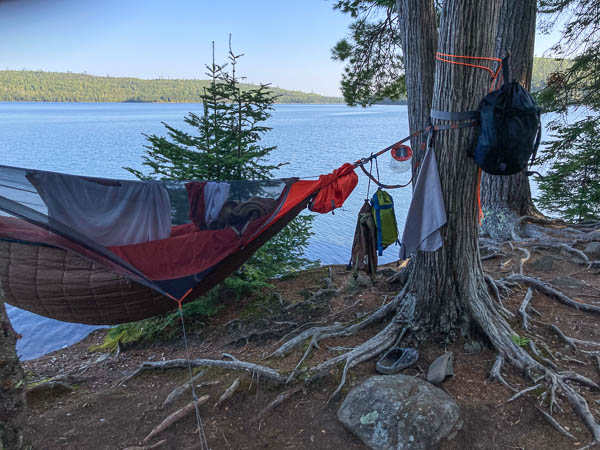
I’ve been a Hammock Camper for the past ten years. This was the first trip where I used an Underquilt and it performed very well. On the warmer nights (50s) I barely needed a sleeping bag. Going to bed felt like entering a warm bath!
After setting up camp, we had Happy Hour and veggie burgers for dinner!
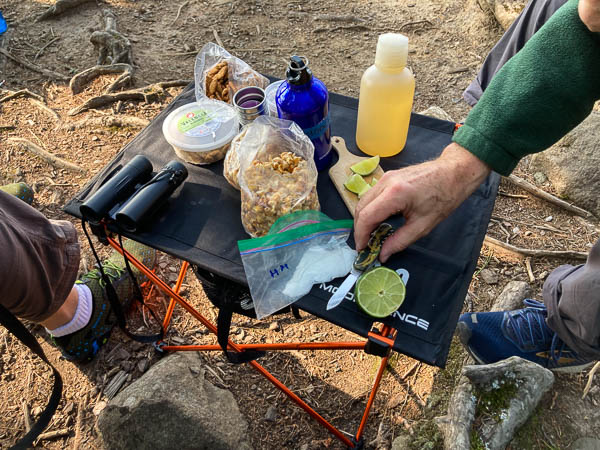
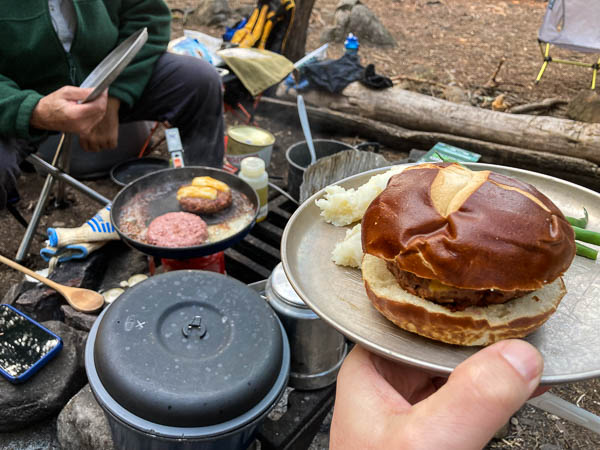
The smoke haze from the Canadian Forest Fires gave us a very red sunset that night.
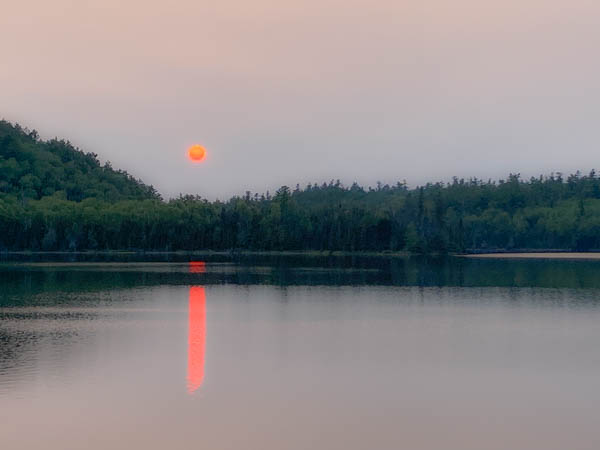
Day 2 (Canoe to Rose Lake)
The next morning we were treated to the largest gathering of Loons I’ve ever seen! We counted nine in all. It started with three or four calling and others flying in over about twenty minutes. Then they socialized and fished together for at least an hour. I called it the Loon equivalent of a breakfast club!
We read that at this time of year Loons are after fish called Cisco or lake herring. These are very oily and help the birds fatten up before they fly a thousand miles to the ocean for the winter.
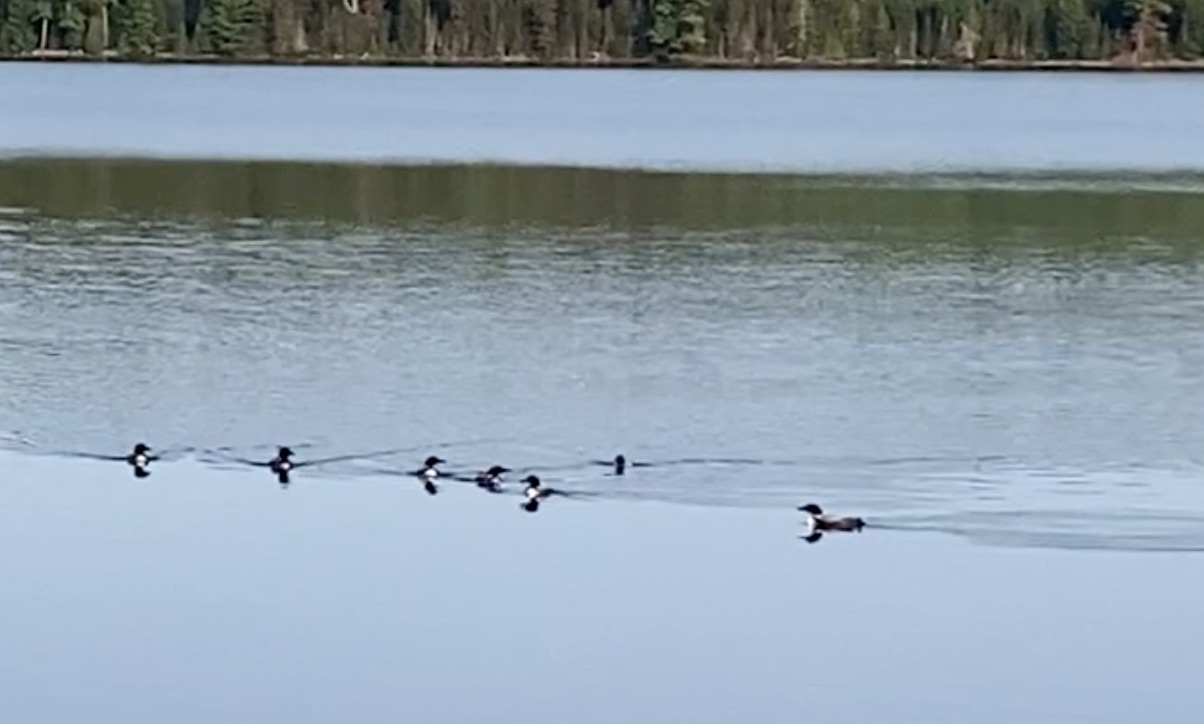
We paddled down the long eastern arm of the lake to the famous “Staircase Portage” to Rose Lake.
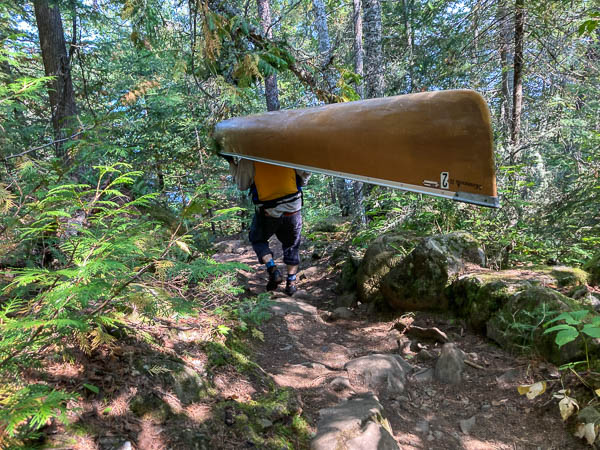
We consolidated into one canoe to cruise around Rose. We saw where Ross and I camped during the The Boys 40th Birthday Trip back in 1996.
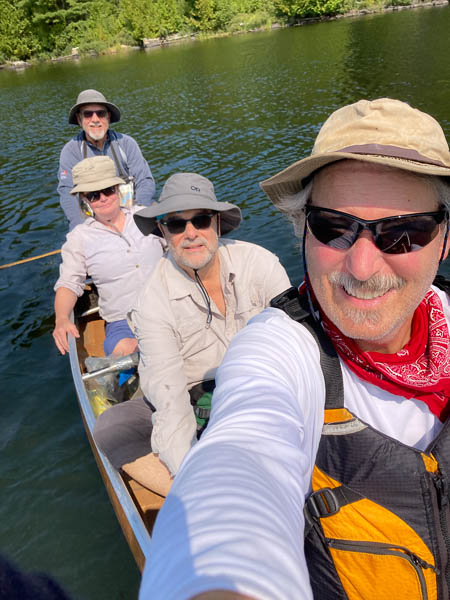
We stopped by Rose Falls to have lunch before heading up the stairs and back to Duncan.
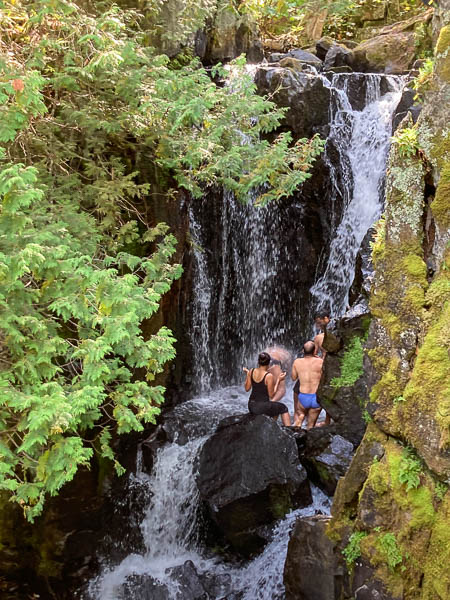
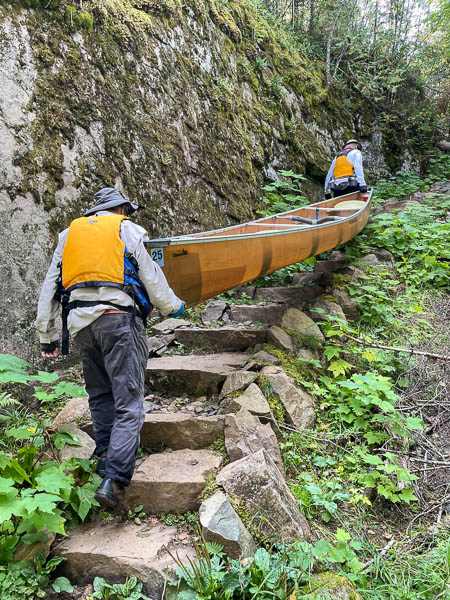
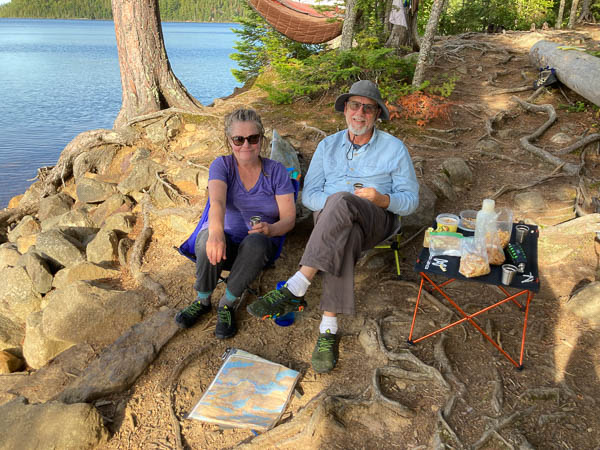
Day 3 (Caribou Rock Trail, 4.3 Miles)
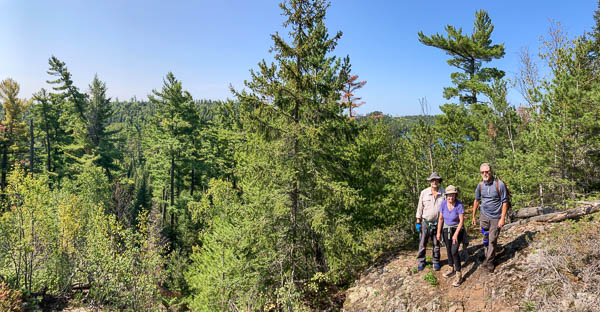
The next day we decided to hike on the nearby Caribou Rock Trail. This would ultimately take us to Rose Lake, but we did not go that far. Afterwards we read this is one of the “most difficult trails in Minnesota!”
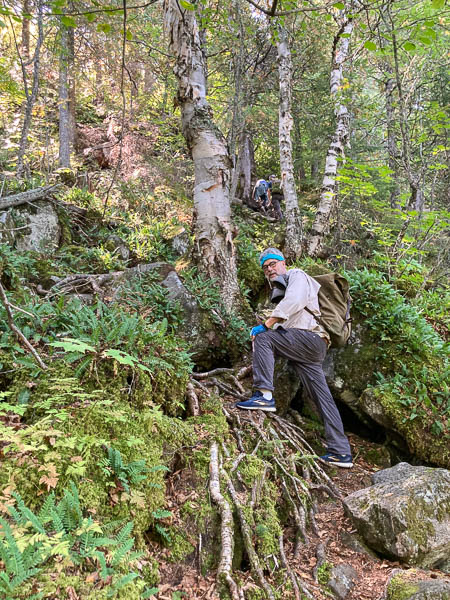
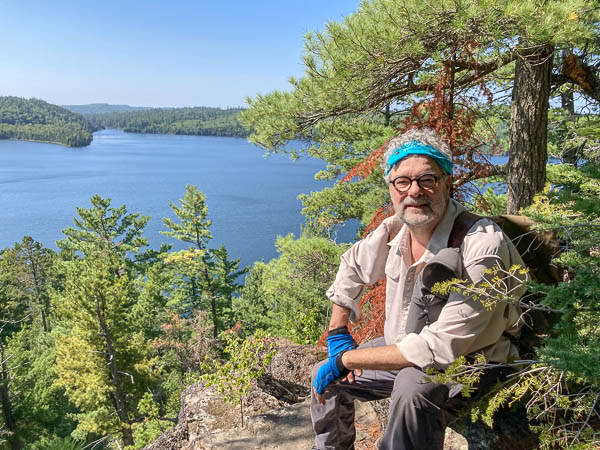
That night we recovered with an elaborate taco meal prepared by Ross.
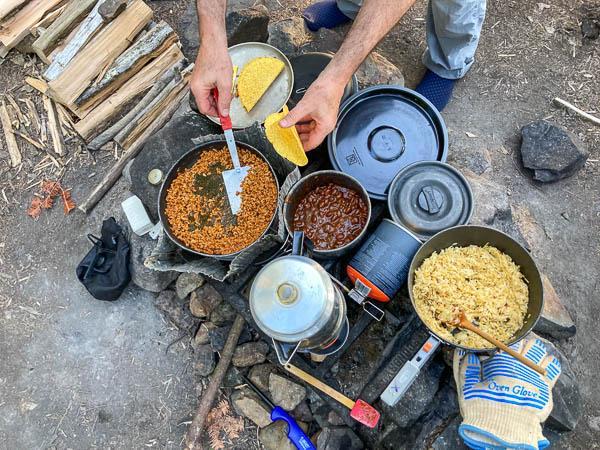
Day 4 (Rose Lake Cliffs, 6.5 Miles)
Our final full day was a mix of canoeing and hiking the Border Route Trail to the Cliffs over Rose Lake. It was difficult at times, but the view once we got there was worth it!
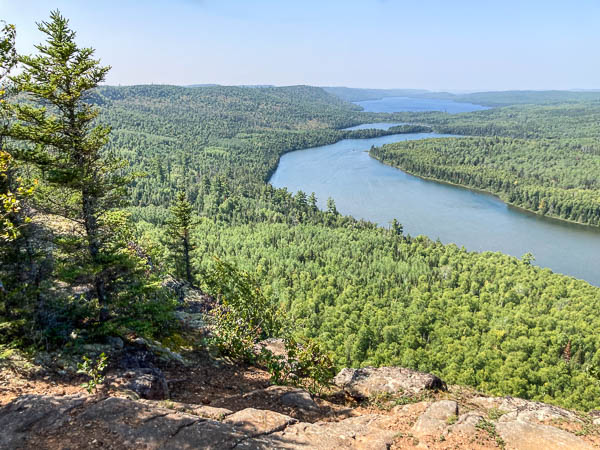
Way down on the lake we noticed two large white birds. These turned out to be a pair of [Trumpeter?] Swans! At the top I was able to take a photo through the binoculars with my phone.
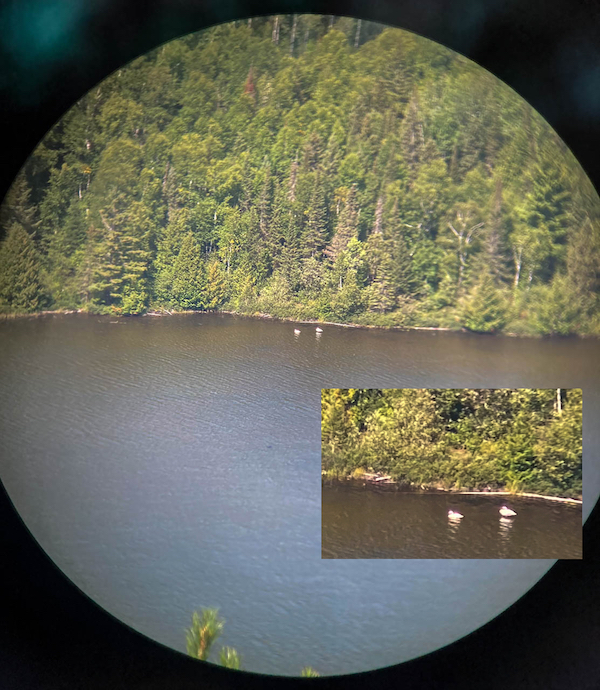
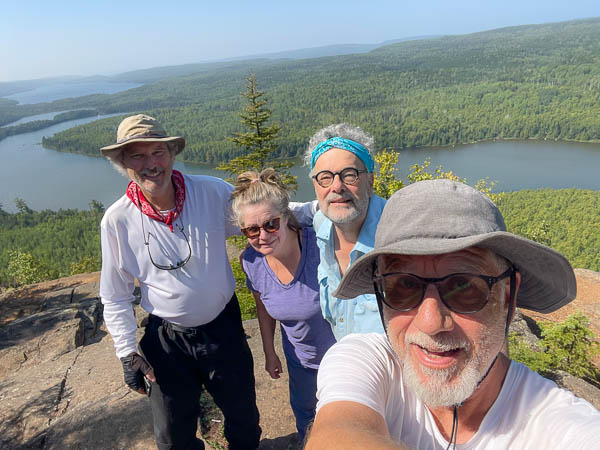
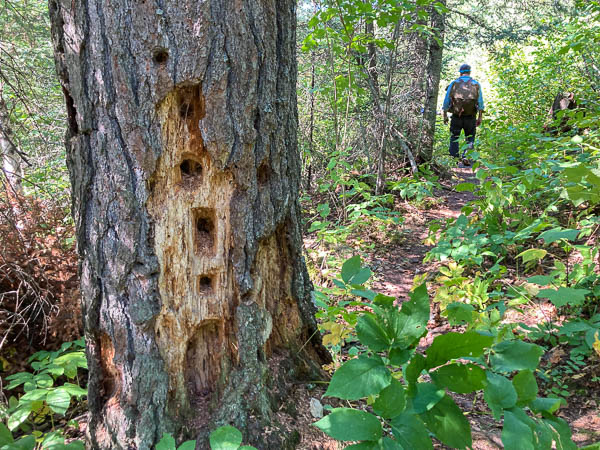
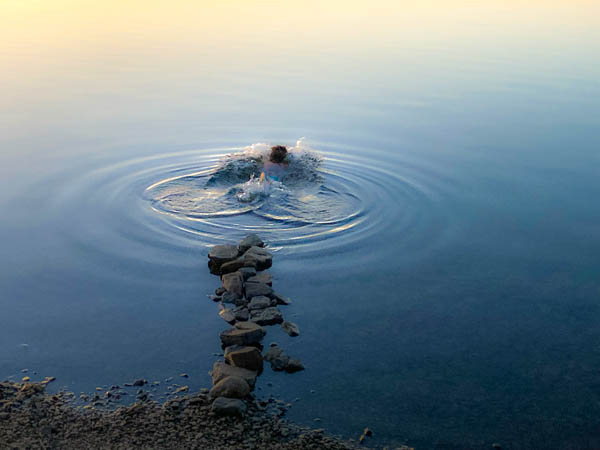
Day 5 (Return to Civilization)
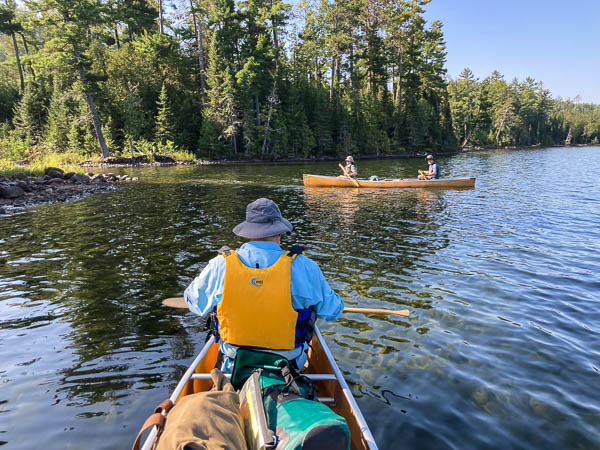
The next day was pretty simple. We broke camp early because the day was going to be hot (high 80s). When we later drove through Duluth the dash thermometer said it was 101!
Knots of Note
Bear Rope Hitch
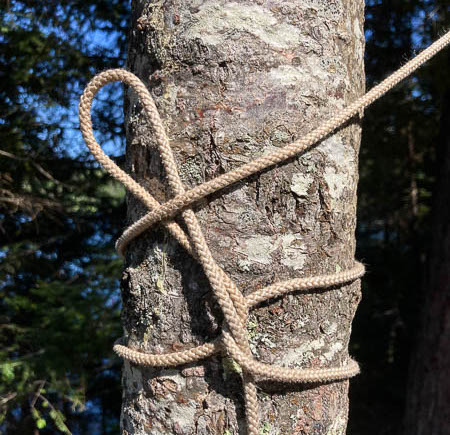
We saw this one on a video about bear ropes. It is somewhat counter-intuitive as you get started and may require two people if the rope is heavily loaded. The first loop eliminates the need to “wrap the tree” with a long rope. The second vertical loop locks under the taught working end. As a slip knot it is extremely easy to untie so you can add one or two half-hitches for more security when needed.
Soft Shackle

These are referred to “Aussie Bowlines”. They are specifically used to secure a loaded line to a sail or other object. The cinch cords shown here already have stopper knots on their ends so it is easy to “shackle” them to the hammock strap.
Treehugger Hitch (or Tree-Hook Knot)
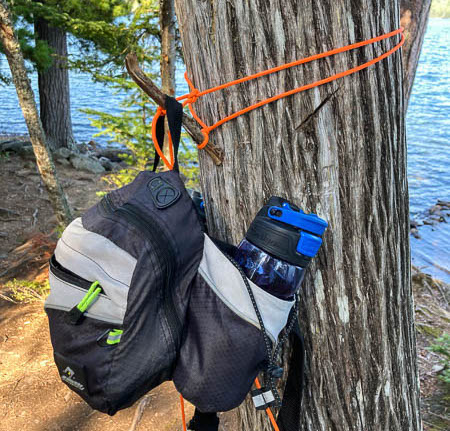
This is an idea I’ve been incubating for some time as a non-destructive “place anywhere” alternative to nails in trees or breaking branches to hang things on. Shown here is my first successful field test! It is tied using a short stick or similar object found locally.
- Starting with the middle of the rope, wrap the tree at least twice and tie loosely with a reef (square) knot.
- Catch the lower loop with the stick and add turns to partially tighten the loops.
- Tie the upper end of the stick as tightly as possible in front of the reef knot.
- Adjust everything to use the resulting hook to best advantage.
- The excess rope will just hang down out of the way.
It performed well holding about ten pounds of equipment and it even let me hang up my hat! The main flaws with this implementation are the stretch in the second reef knot and the tendency for the loops to converge, allowing the hook to turn sideways. I plan to address these in the next version.
Once perfected this bit of knot-craft should help eliminate the need for nails in trees!
